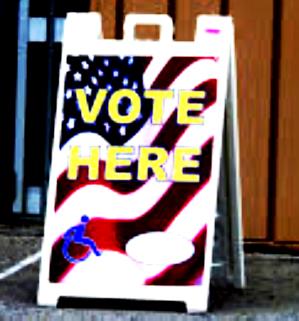HARRISBURG – Bipartisan legislation introduced by Senators Pat Browne (R-16), Vincent J. Hughes (D-7) and Scott Martin (R-13) to help reduce school violence by creating a new school threat monitoring system unanimously passed the Senate Education Committee on Tuesday.
The Safe2Say Program would allow anonymous reporting of the threats regarding unsafe, potentially harmful, dangerous, violent or criminal activities in schools.
The program would be patterned after the Safe2Tell program that was created in Colorado in 1999 after the school shooting at Columbine.
“Giving students a confidential, anonymous way for them to contact authorities to report any suspicious or concerning behavior they may have witnessed or perceived will, hopefully, lead to more identification of warning signs, which could prevent an unthinkable school tragedy,” Browne, chairman of the Senate Appropriations Committee, said.
“The ability to stay anonymous reduces the likelihood of retribution or retaliation against a student who reports suspicious activity to authorities.”
At least five other states have created similar programs. The system in Colorado has received more than 30,000 reports of potentially dangerous situations since 2004.
“Safe2Say gives our students an active role in protecting themselves from potential danger,” Hughes said.
“It will also allow concerned citizens to anonymously report other issues that could put students at risk, which simply makes sense in maintaining school safety. I’m pleased to propose this bill with bi-partisan support in the Senate.”
The legislation – Senate Bill 1142 – would require the Attorney General to administer the system and ensure the information can be sent to the appropriate law enforcement agency and school officials for further investigation.
“Identifying potential threats is the first step in helping our schools and our law enforcement community prevent a tragedy,” Martin said.
“The program will not be limited to school shootings. The system will also help prevent a number of other potentially deadly problems like drug use, bullying, suicide and self-harm. It gives students and citizens the tools they need to make our schools safer.”
The program will cover emergency and non-emergency reports. Anyone can utilize the reporting mechanism. Colorado has found that the most common tip involves suicide threats. They also receive tips on bullying, drug use, cutting and depression as well as threats to schools.




